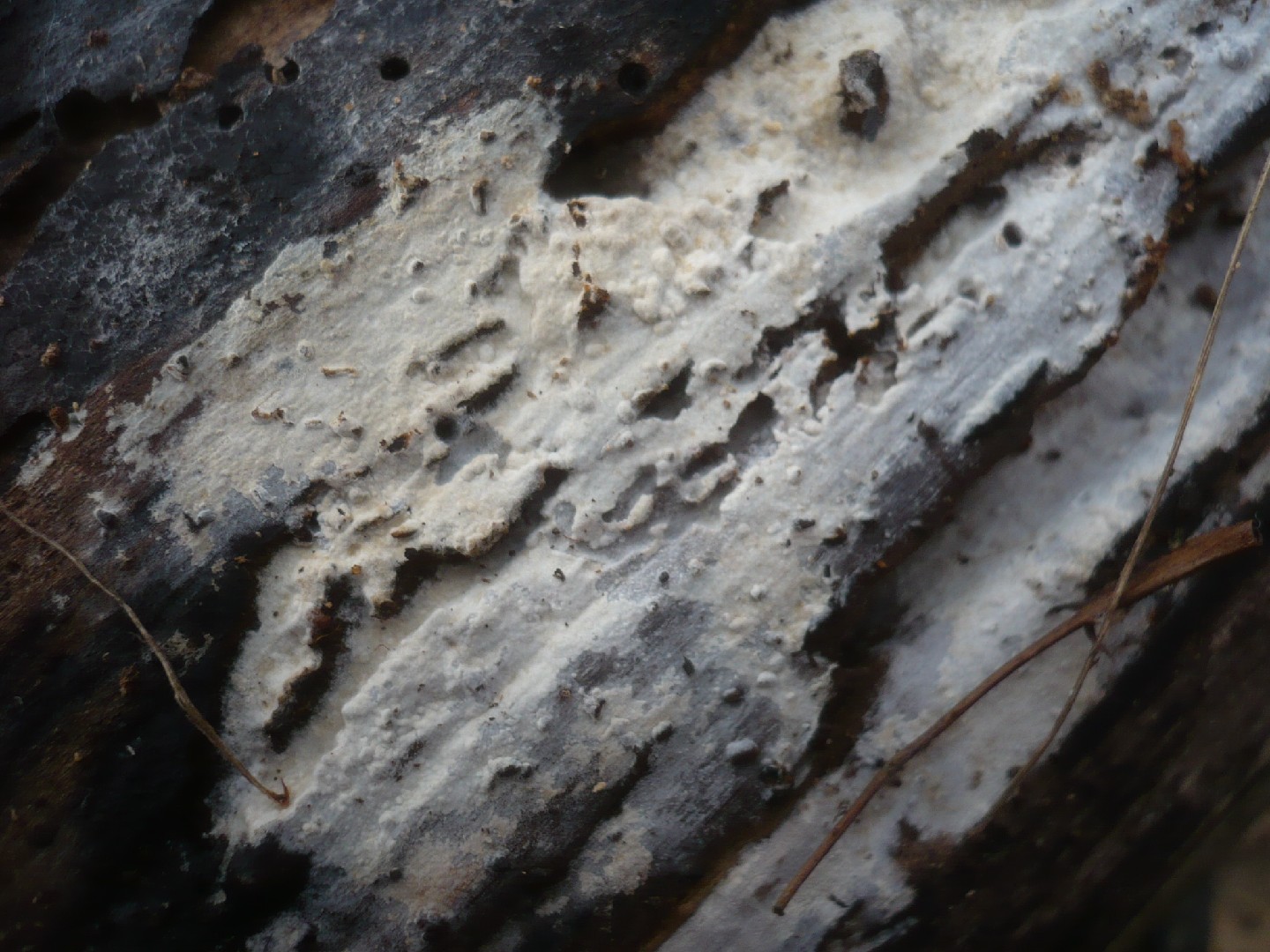Subulicystidium
Scientific name: Subulicystidium
Subulicystidium
Scientific name: Subulicystidium
 Photo By Gerhard Koller , used under CC-BY-SA-3.0 /Cropped and compressed from original
Photo By Gerhard Koller , used under CC-BY-SA-3.0 /Cropped and compressed from original Description
Subulicystidium is intriguing for its tiny fruiting bodies that often appear as small, white, or yellowish crusts on decaying wood and leaves. These fungi thrive in forest ecosystems and play a key role in the decomposition process, breaking down dead plant material. Subulicystidium releases spores through structures that look like tiny spikes, aiding in the reproduction and spread of the species. They are typically found in moist environments where they contribute to nutrient cycling.
Species of Subulicystidium
Scientific Classification
Phylum
Club fungi Class
Mushroom-forming fungi Order
Trechisporales Family
Hydnodontaceae Genus
Subulicystidium